In experiments, microorganisms stimulate minerals to produce hydrogen, a key fuel for growth.
Here’s yet another reason to marvel at microbes: Buried deep within Earth at temperatures and pressures that would kill most living beings, bacteria and other tiny organisms not only survive but apparently even coax the rocks around them to produce food.
Researchers have found that the mere presence of microbes triggers minerals to release hydrogen gas, which the organisms then munch. “It looks like the bacteria themselves have an integral role in liberating this energy,” says R. John Parkes, a geomicrobiologist at Cardiff University in Wales.
His team’s findings appear in the March issue of
Geology.
The work helps explain how microbes can survive up to kilometers deep in a subterranean world far from any sunlight to fuel photosynthesis. Such “deep biospheres” may even exist on other planets, Parkes says, with organisms tucked safely away from frigid temperatures and lethal radiation at the surface.
On Earth, some two-thirds of all bacteria, along with another group of single-celled organisms known as archaea, are thought to lurk underground. Scientists have long wondered where these critters get their energy.
Earlier work showed that the microbes fed, in part, on decayed organic matter that settled to the seafloor and formed thick sediments there — a sort of microbial smorgasbord. ParkBuried microbes coax energy from rock es and his colleagues decided to look instead at inorganic minerals that can wash offshore and also end up in those sediments.
The researchers ground up a variety of minerals, such as quartz, and put them in a sludgy sediment. In some mixtures they added a dash of microbes to start things off. The scientists then heated the mixtures to various temperatures up to 100 degrees Celsius — what might be found 3 to 4 kilometers deep — and waited to see what happened over several months.
Mixtures that contained microorganisms began giving off hydrogen gas as temperatures climbed to 70° C and above, the team found. Mixtures that had been sterilized so that nothing was living in them didn’t produce much hydrogen at all. Somehow, Parkes says, the microbes help stimulate chemical reactions within the minerals that make hydrogen.
"The results are curious, but not compelling," says Steven D'Hondt, an oceanographer and geobiologist at the University of Rhode Island in Narragansett. For instance, he says, scientists would have to run the same experiments without any organic matter in the mixtures in order to be sure that the hydrogen was coming from the minerals and not from the organic matter.
Tological activity often produce hydrogen and other gases, Parkes says, maybe because freshly split rocks and minerals provide a surface that catalyzes chemical reactions, such as the breaking apart of water molecules to produce oxygen and hydrogen. “But people had not linked that to a directBuried microbes coax energy from rock energy source for deep-sediment bacteria, and neither had they shown that the bacteria themselves could actually catalyze this process,” he says. “The fascinating thing is that we have a mechanism of obtaining energy organically in the subsurface which has not really been conBuried microbes coax energy from rock sidered before.”
Bo Barker Jørgensen, a microbiologist at the Max Planck Institute for Marine Microbiology in Bremen, Germany, says that most buried microbes probably live at shallow depths, not the 3- to 4-kilometer depths simulated in the new study. (The deepest confirmed microorganisms come from 1.6 kilometers in sediments, and 3.5 kilometers in solid rock.) But Jørgensen adds that the new work shows how various groups of subterranean microorganisms thrive at different temperature levels.

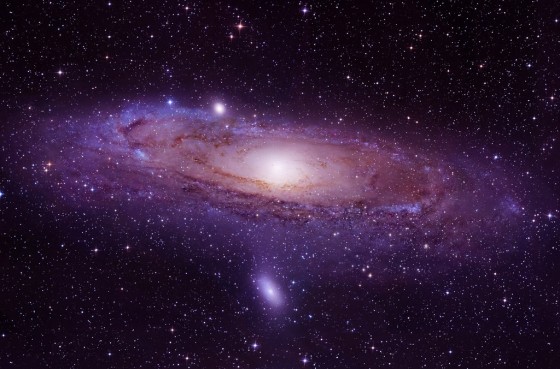
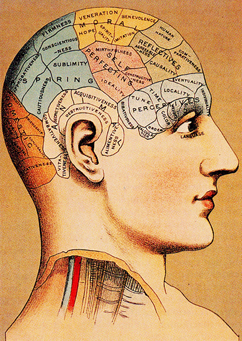


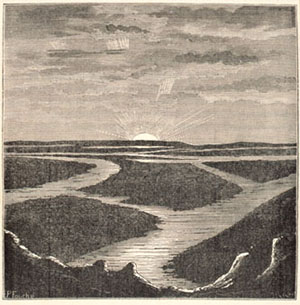

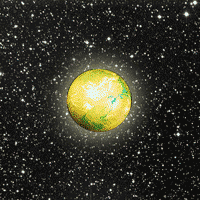

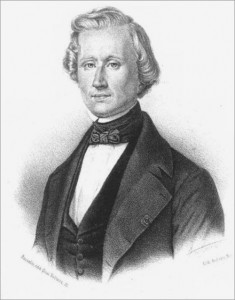
 Bigger than coyotes but smaller than wolves, their howl is high-pitched and their diet includes deer and small rodents. They are "coywolves" (pronounced "coy," as in playful, "wolves"), and they are flourishing in the northeastern U.S., according to a study published today in Biology Letters.
Bigger than coyotes but smaller than wolves, their howl is high-pitched and their diet includes deer and small rodents. They are "coywolves" (pronounced "coy," as in playful, "wolves"), and they are flourishing in the northeastern U.S., according to a study published today in Biology Letters. BALTIMORE—Deep in the brain, buried in the hippocampus and subventricular zone, reside adult
BALTIMORE—Deep in the brain, buried in the hippocampus and subventricular zone, reside adult  Planetary scientists looking for water ice on Mars have employed a number of tactics to great success in their search.
Planetary scientists looking for water ice on Mars have employed a number of tactics to great success in their search.  In an early-morning announcement today, researchers reported that an experimental
In an early-morning announcement today, researchers reported that an experimental  e New Clermont Project
e New Clermont Project The U.S. Secretary of Energy—
The U.S. Secretary of Energy— Living
Living 



